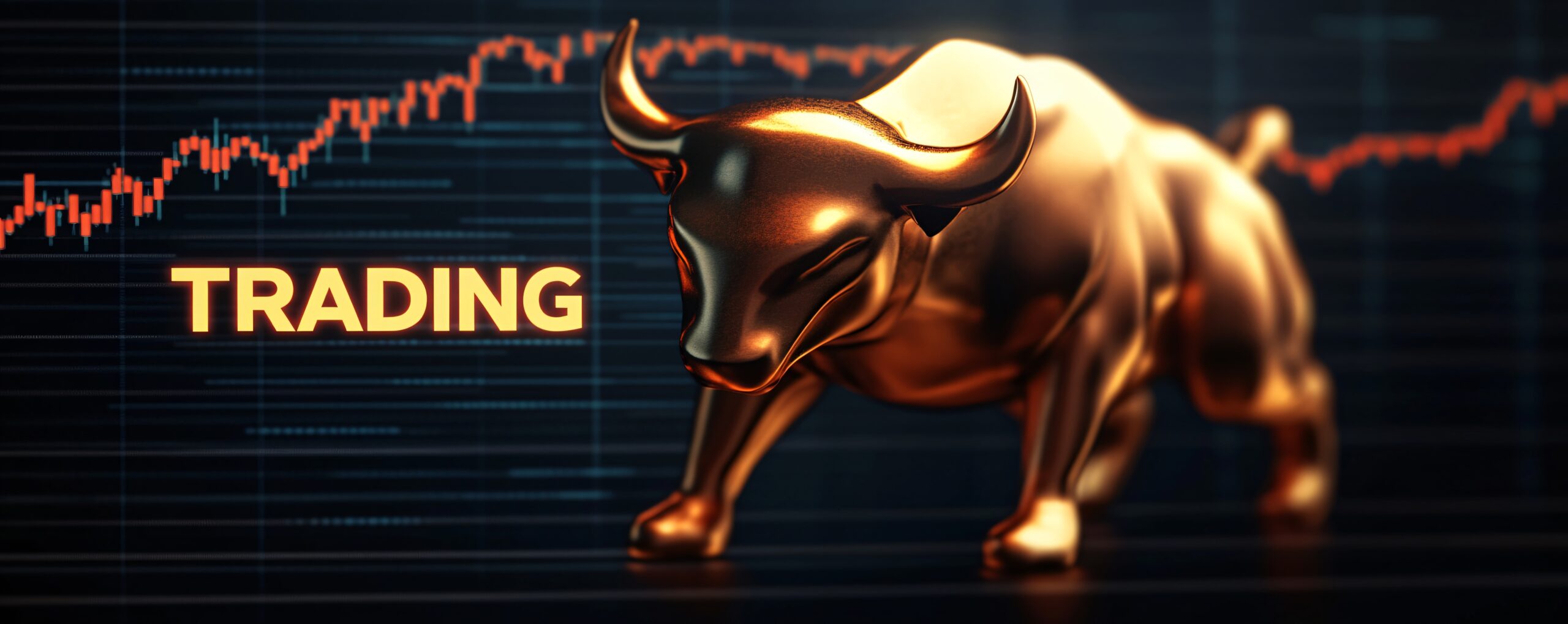Investors retreat from risk assets as political pressure mounts on the Fed and a revived trade war rattles global markets.
Wall Street saw a broad-based retreat on Monday, as Donald Trump intensified his criticism of Federal Reserve Chair Jerome Powell and escalated trade rhetoric against China, triggering a market-wide sell-off amid rising policy uncertainty.
The Dow Jones Industrial Average plunged 971 points (-2.48%), with the S&P 500 down 2.36% and the Nasdaq Composite falling 2.55%. The losses were particularly severe among major tech firms, which are highly sensitive to interest rates and international trade headwinds.
Trump Targets Fed as Rate Cut Pressure Grows
In a sharply worded Truth Social post, Trump blasted Powell as “Mr. Too Late, a major loser,” calling for the Fed to cut rates immediately. The post renewed speculation that Trump would seek to replace Powell if re-elected — a move that could threaten the Fed’s independence and unsettle long-term monetary credibility.
Wall Street responded swiftly, with Tesla dropping 7%, Nvidia down 6%, and Amazon, AMD, and Meta sliding between 3–4%. Rate-sensitive sectors and high-beta stocks saw the steepest losses.
“Markets don’t respond well to political meddling in central banking,” noted a Barclays macro strategist. “It introduces uncertainty that can’t be priced.”
Safe-Haven Assets Rally on Inflation, Policy Fears
Investors moved rapidly into safe havens, sending gold soaring past $3,400 per ounce — a new all-time high. Bitcoin, increasingly viewed as a macro hedge, also jumped above $87,000, though gains moderated later in the session.
Meanwhile, the U.S. dollar slumped, dropping to levels not seen since 2022, as traders began to factor in the possibility of pre-election rate cuts driven more by politics than economic data.
China Retaliates as Tariff War Reignites
Adding fuel to the fire, China responded to Trump’s April 2 tariff package by scaling back — and in some cases halting — imports of American goods, particularly in the agriculture and tech sectors.
Chinese state media warned nations considering trade pacts with the U.S. that their actions could “endanger long-standing relationships with Beijing.” This escalation confirms what analysts feared: a full-scale trade confrontation may be returning.
The renewed tensions have already impacted U.S. equities. Since the new tariffs were announced, the S&P 500 has lost 8%, and the Nasdaq and Dow have shed 10% and 9%, respectively.
Tesla, Alphabet Earnings in Focus as Volatility Mounts
As attention shifts to Q2 earnings, investors are watching reports from Tesla and Alphabet for signs of consumer weakness, margin compression, or macroeconomic headwinds.
“Corporate guidance will be pivotal,” said a Wells Fargo strategist. “Markets want reassurance, and that’s in short supply right now.”
Conclusion: Volatility May Intensify Before It Stabilizes
With Trump’s political moves exerting influence over monetary and trade policy, and global tensions rising, markets may face continued turbulence.
Analysts suggest staying cautious as the outlook hinges on whether the Fed maintains its independence — and how China responds in the days ahead. In the meantime, investors are rotating toward safety, bracing for a prolonged period of policy-driven volatility.



